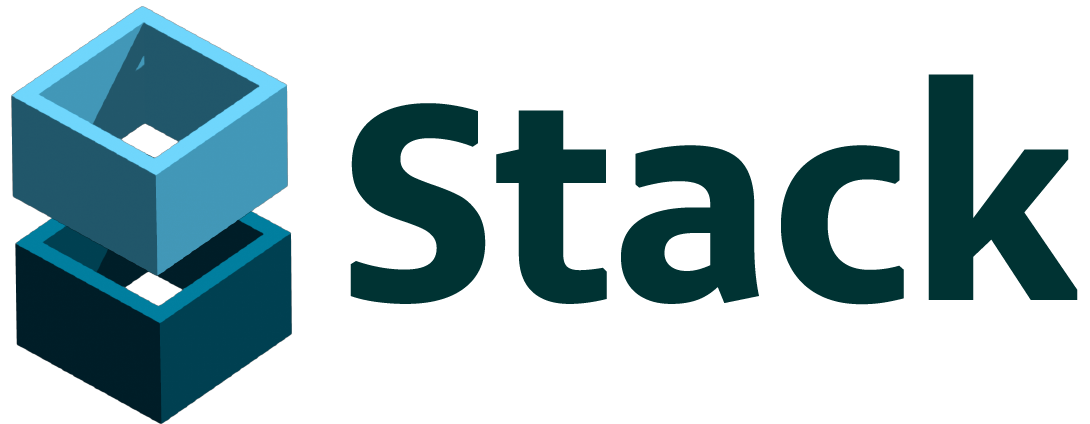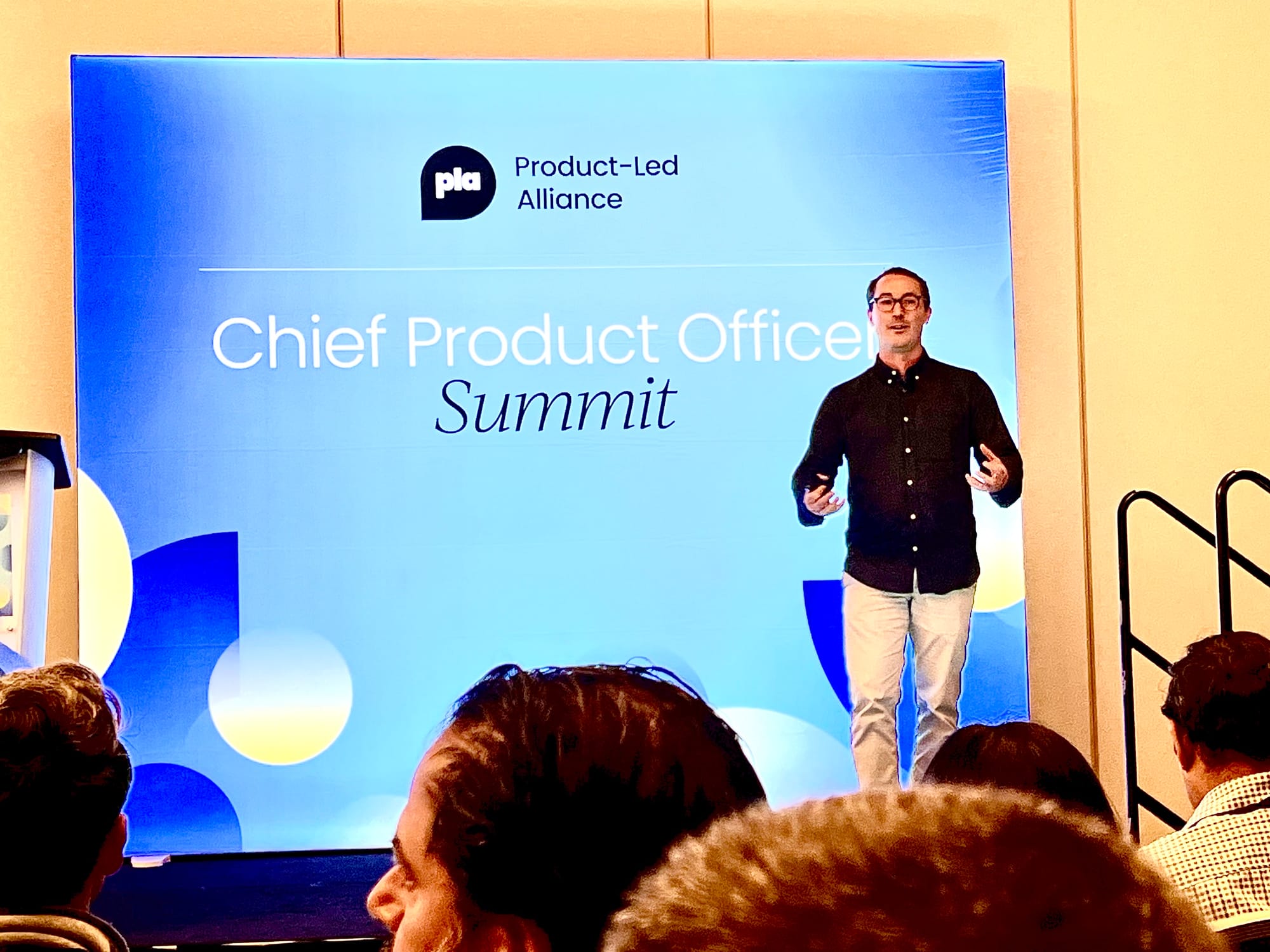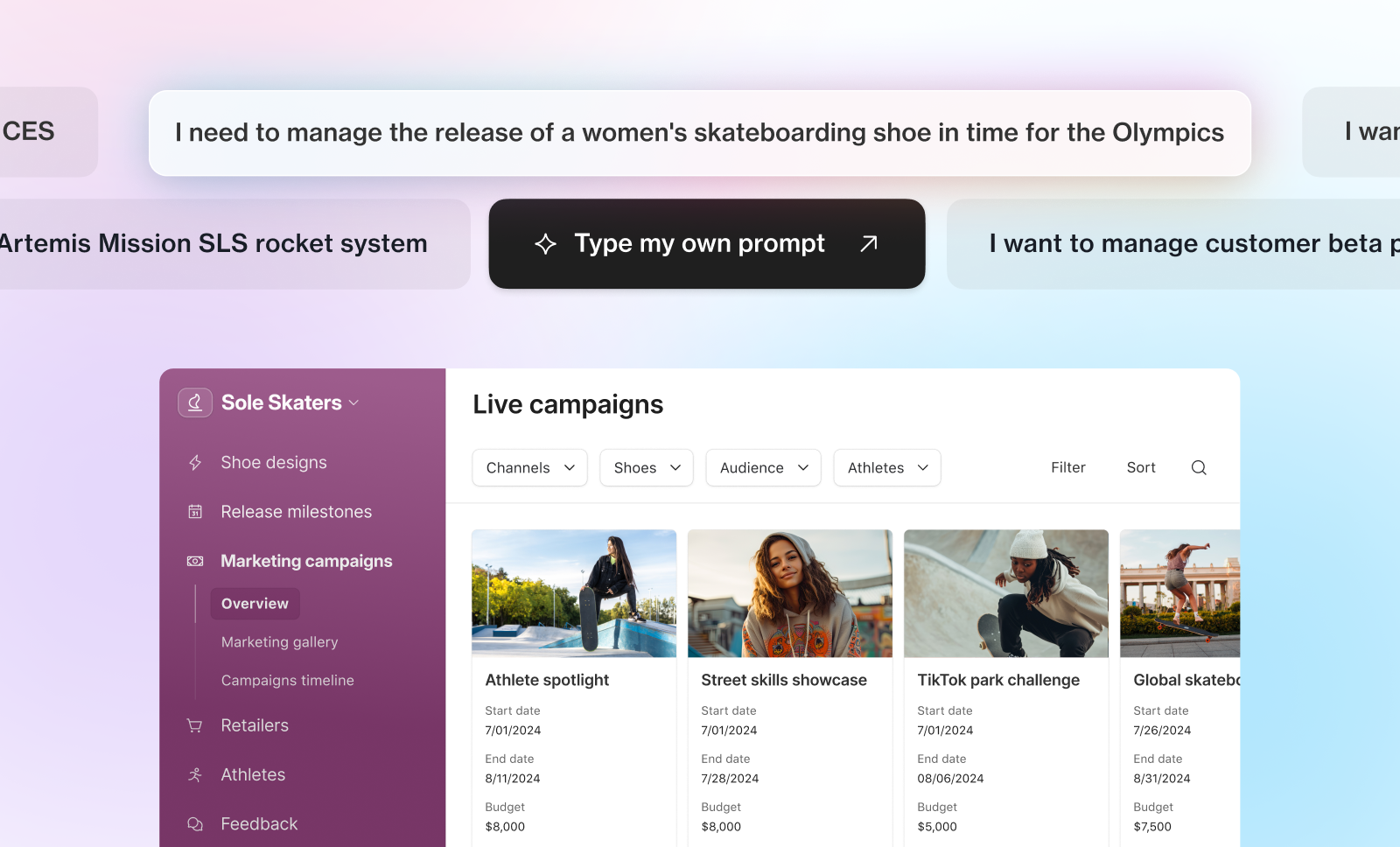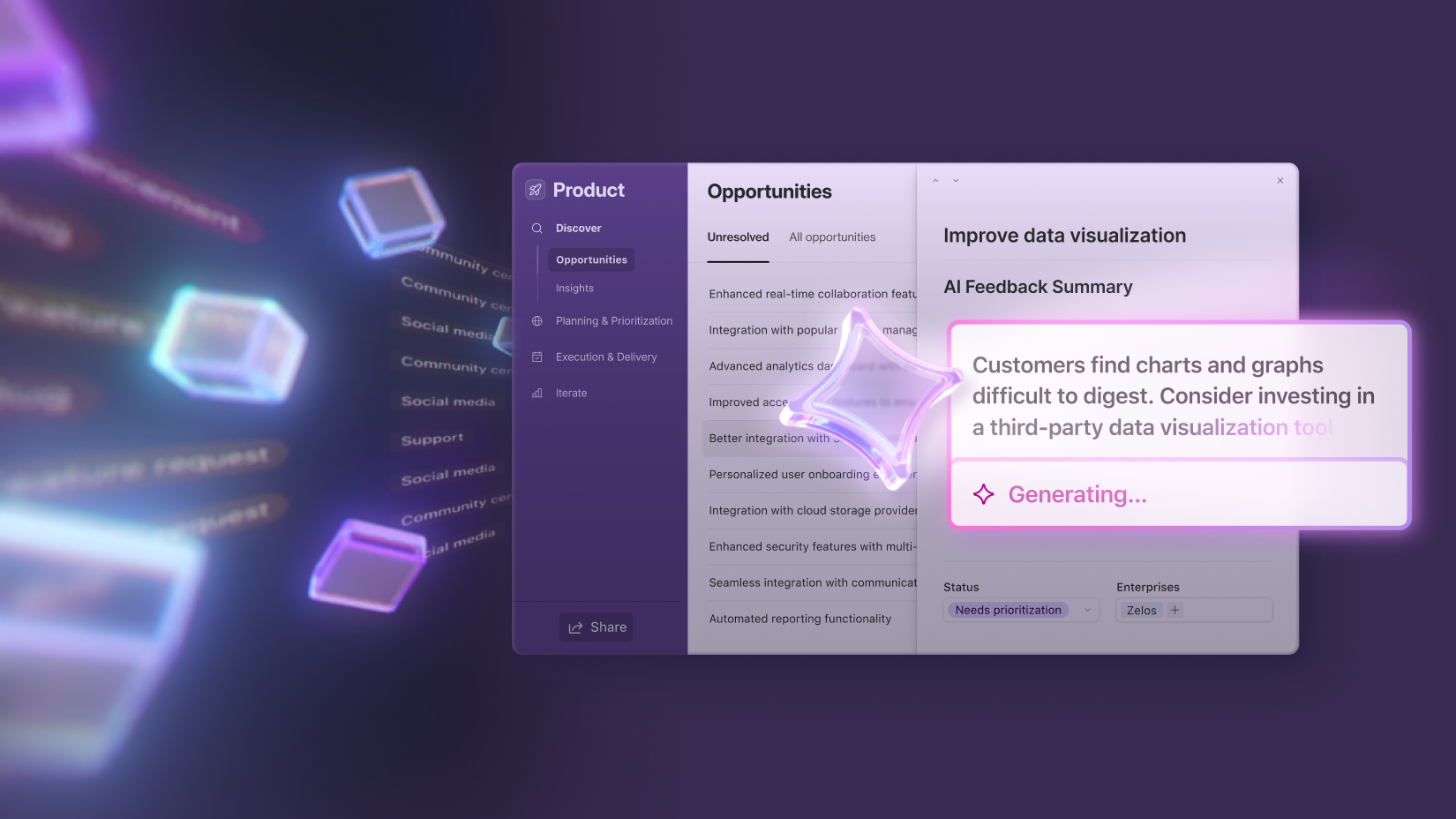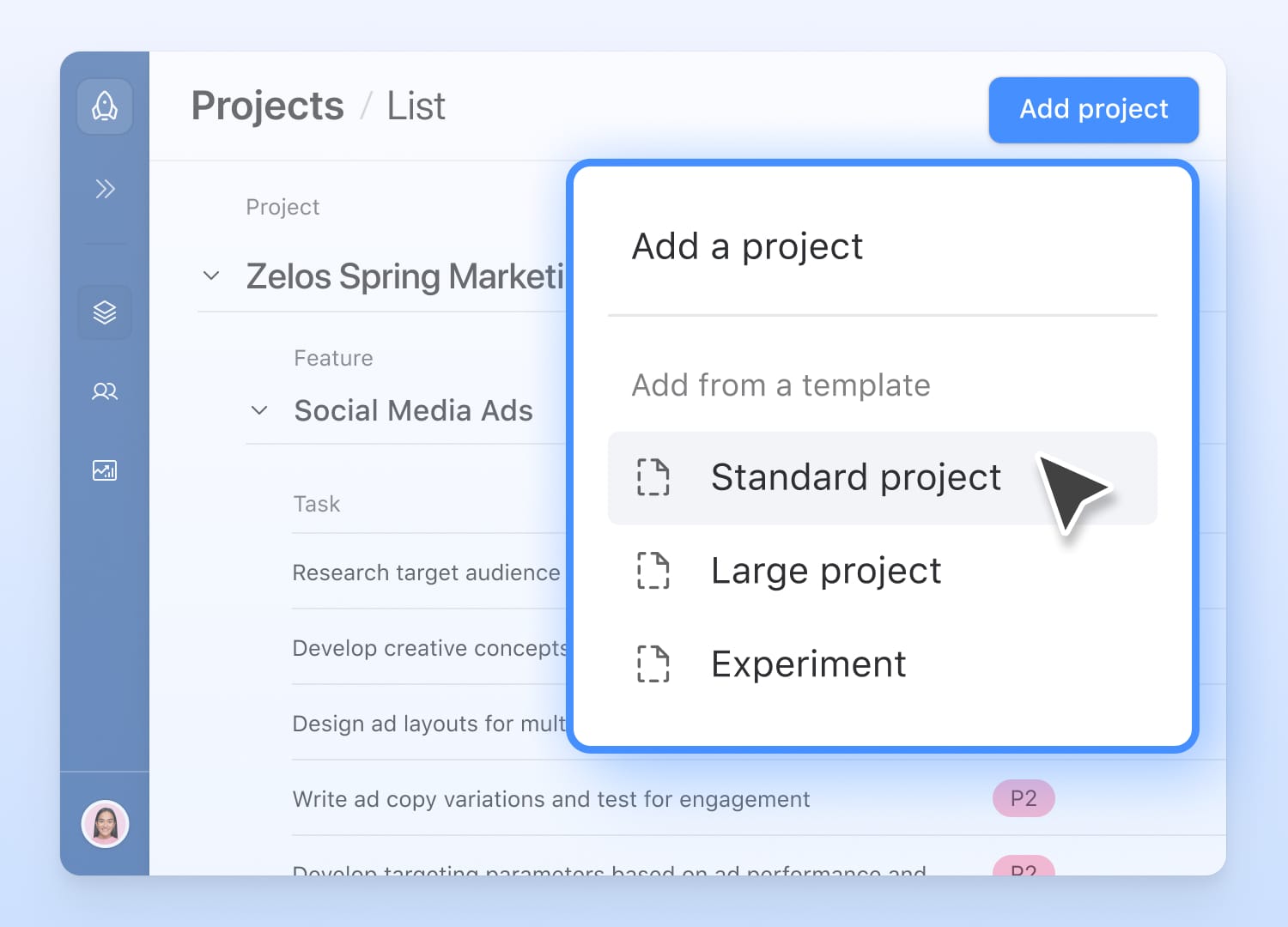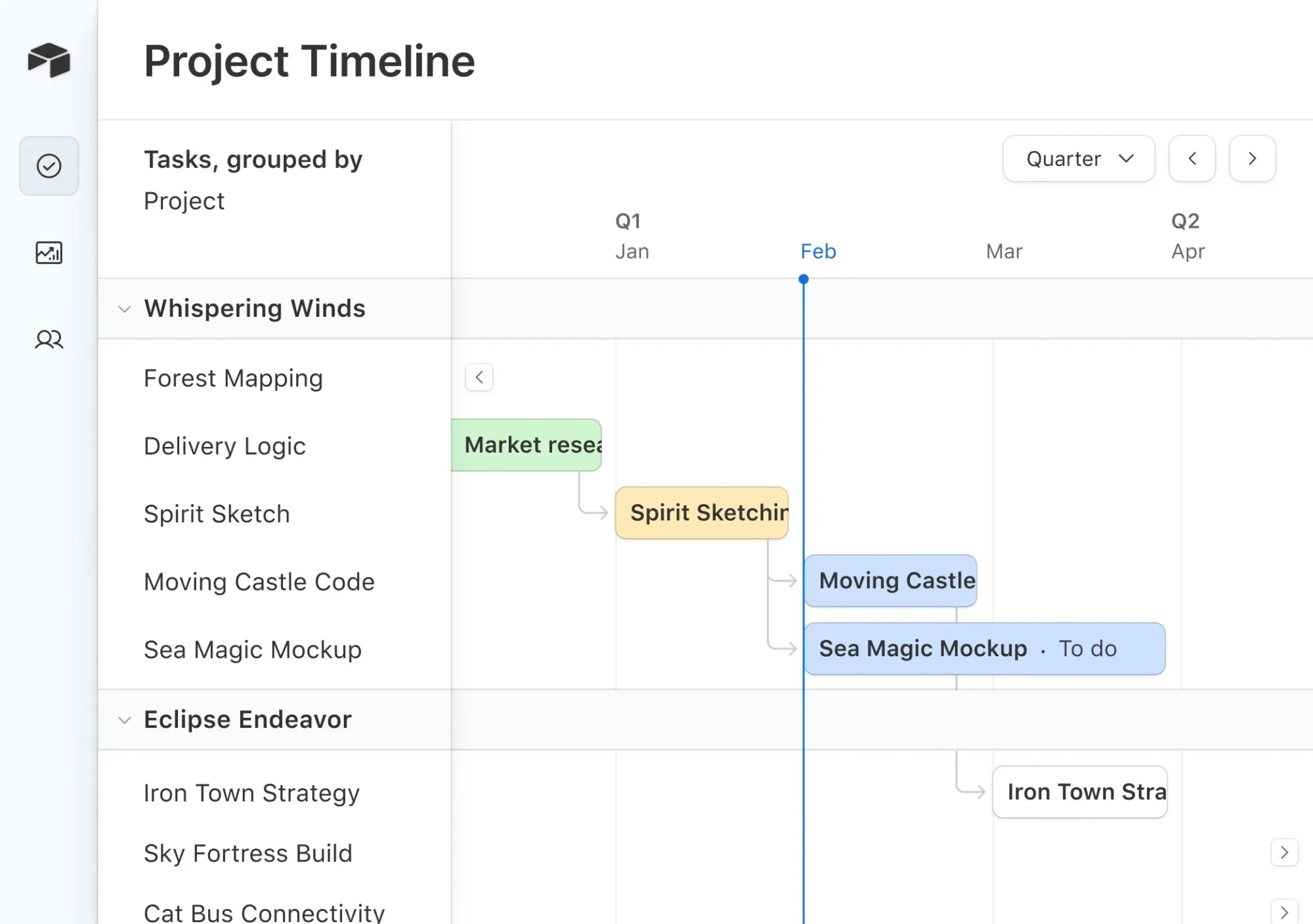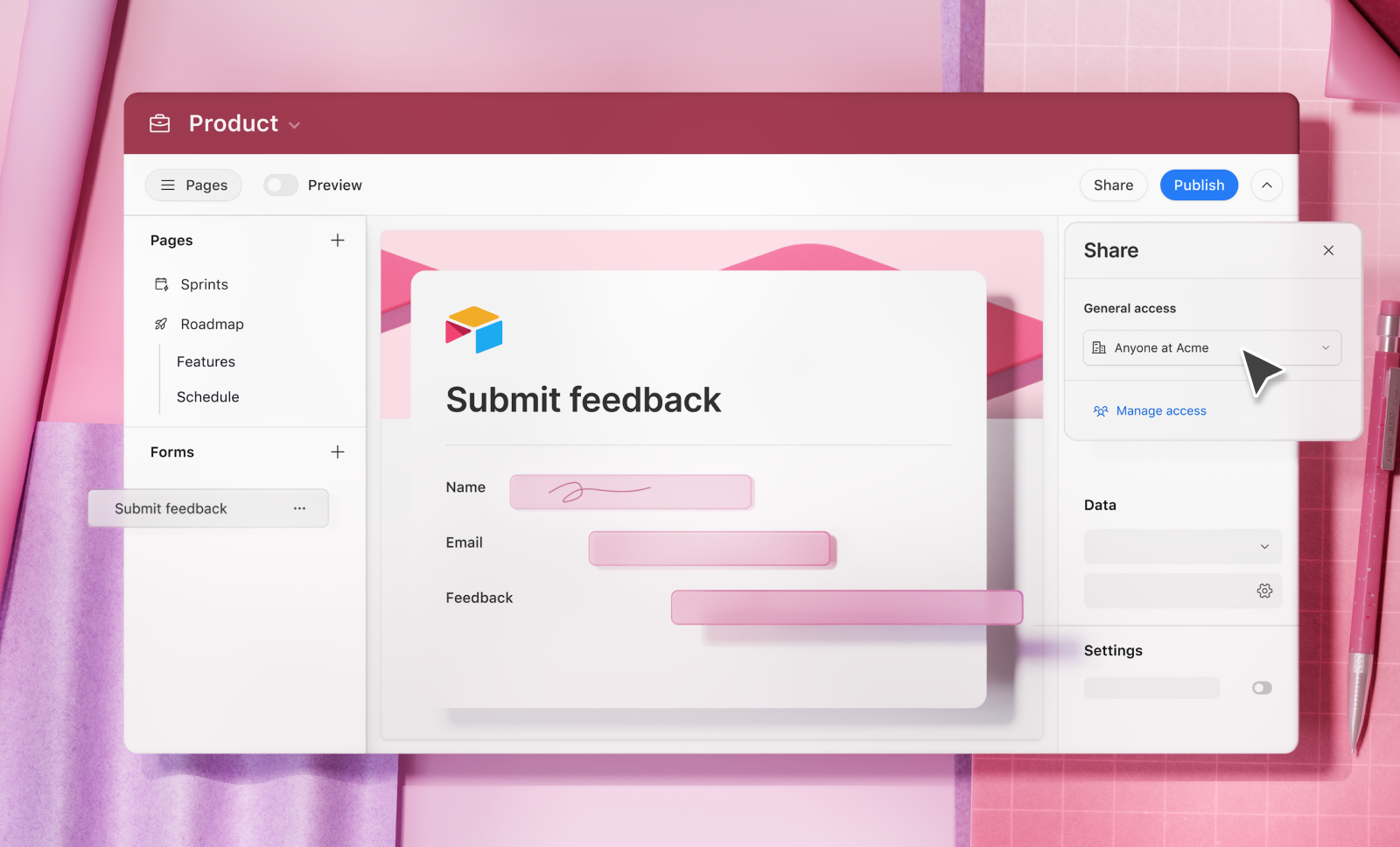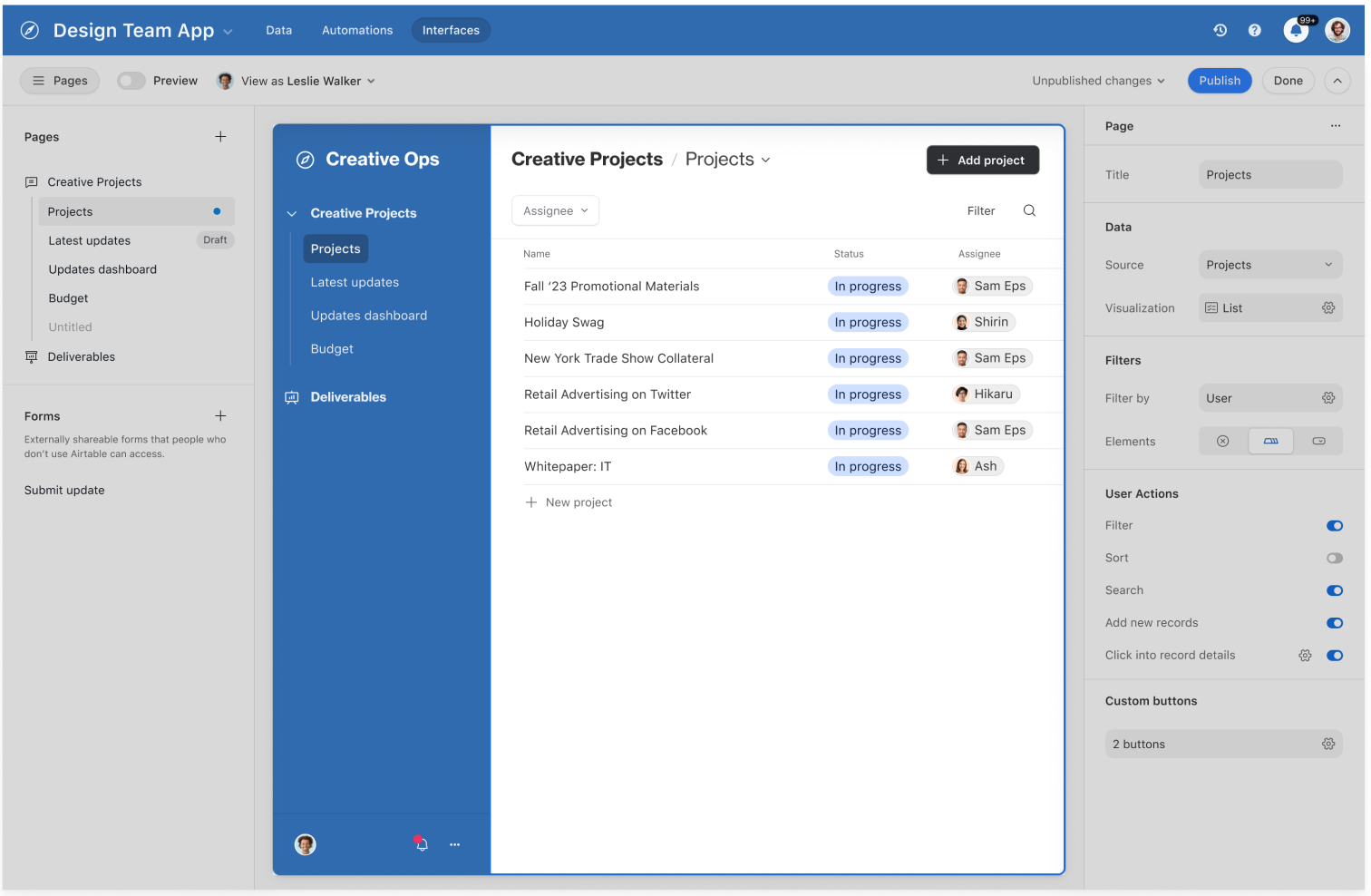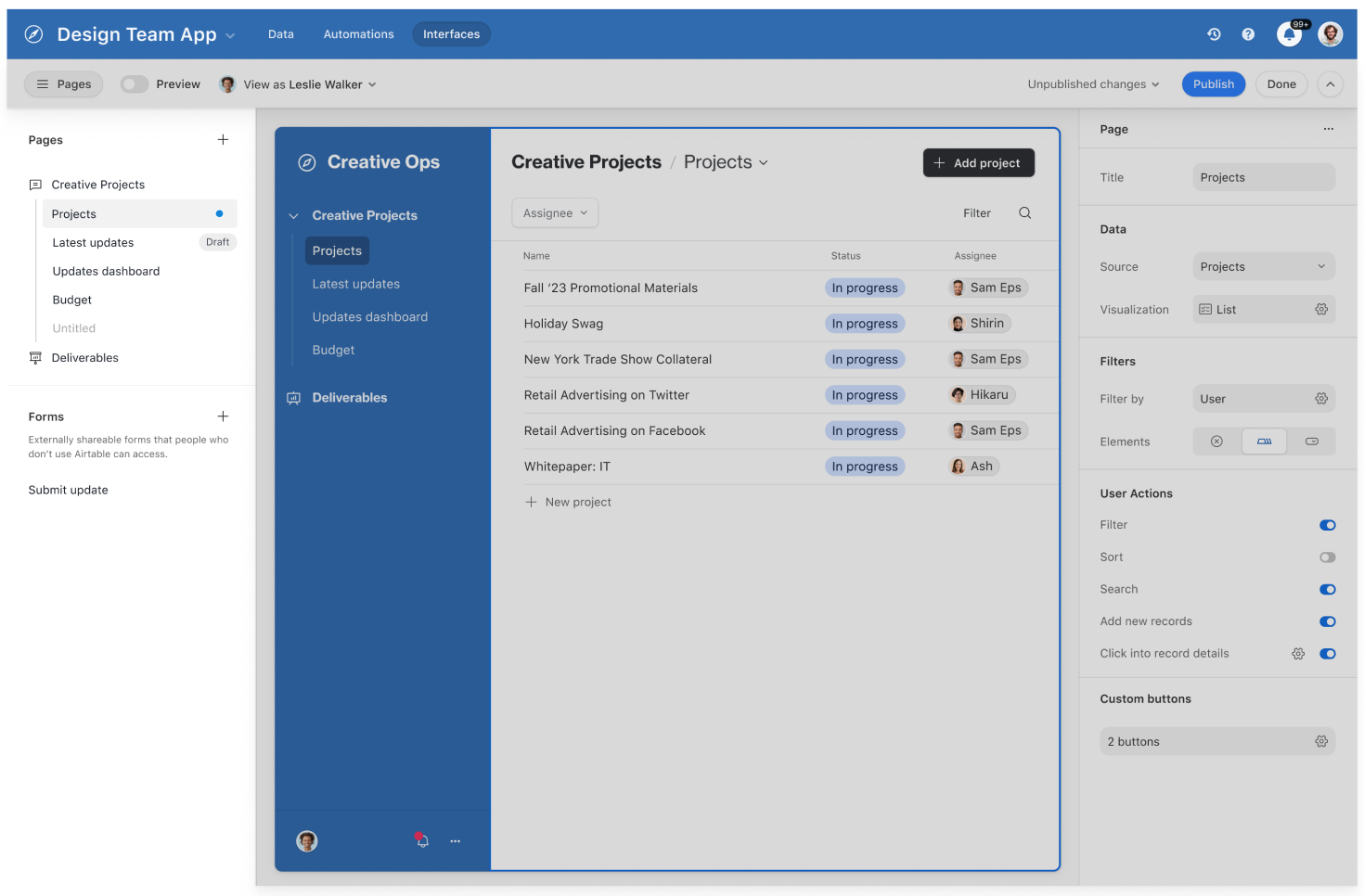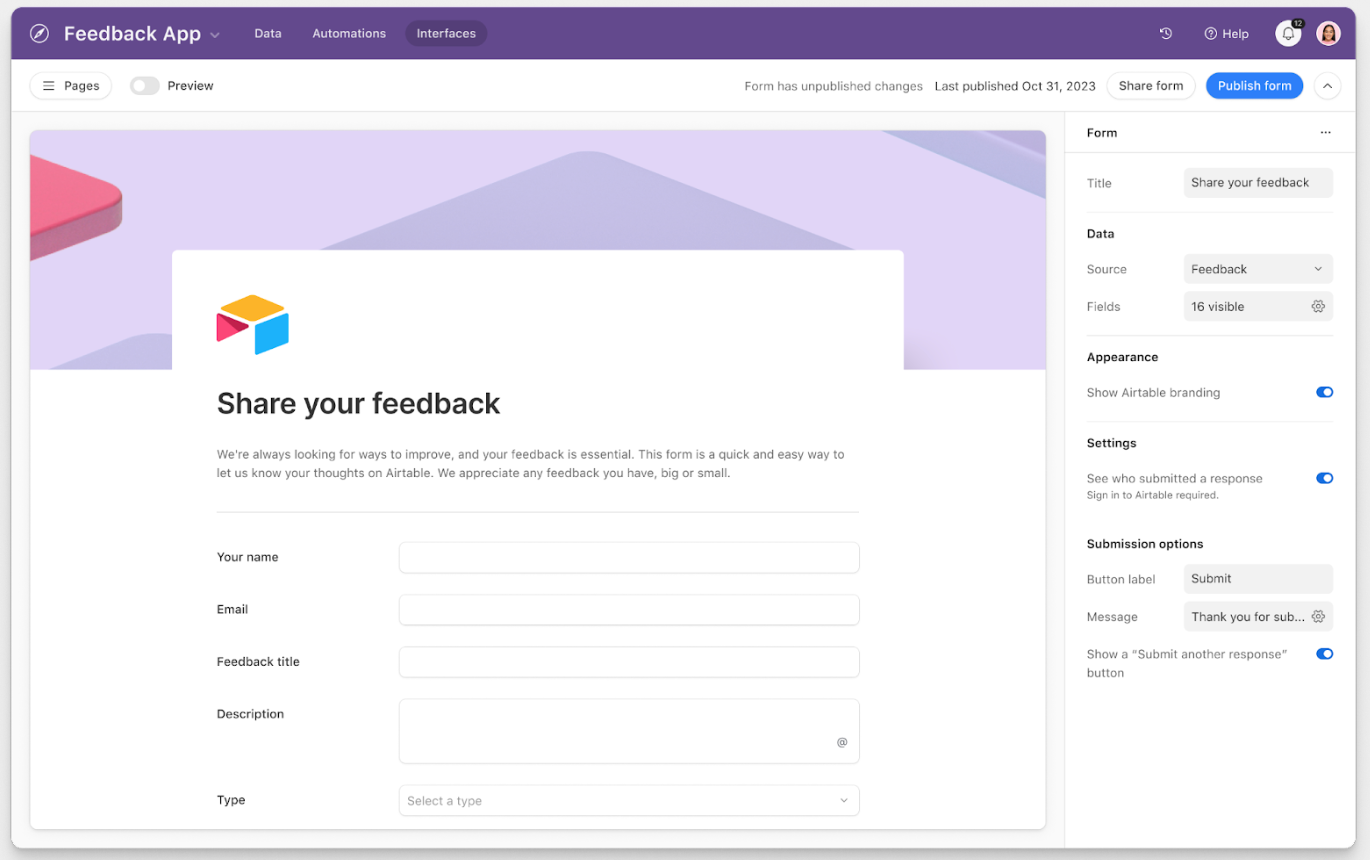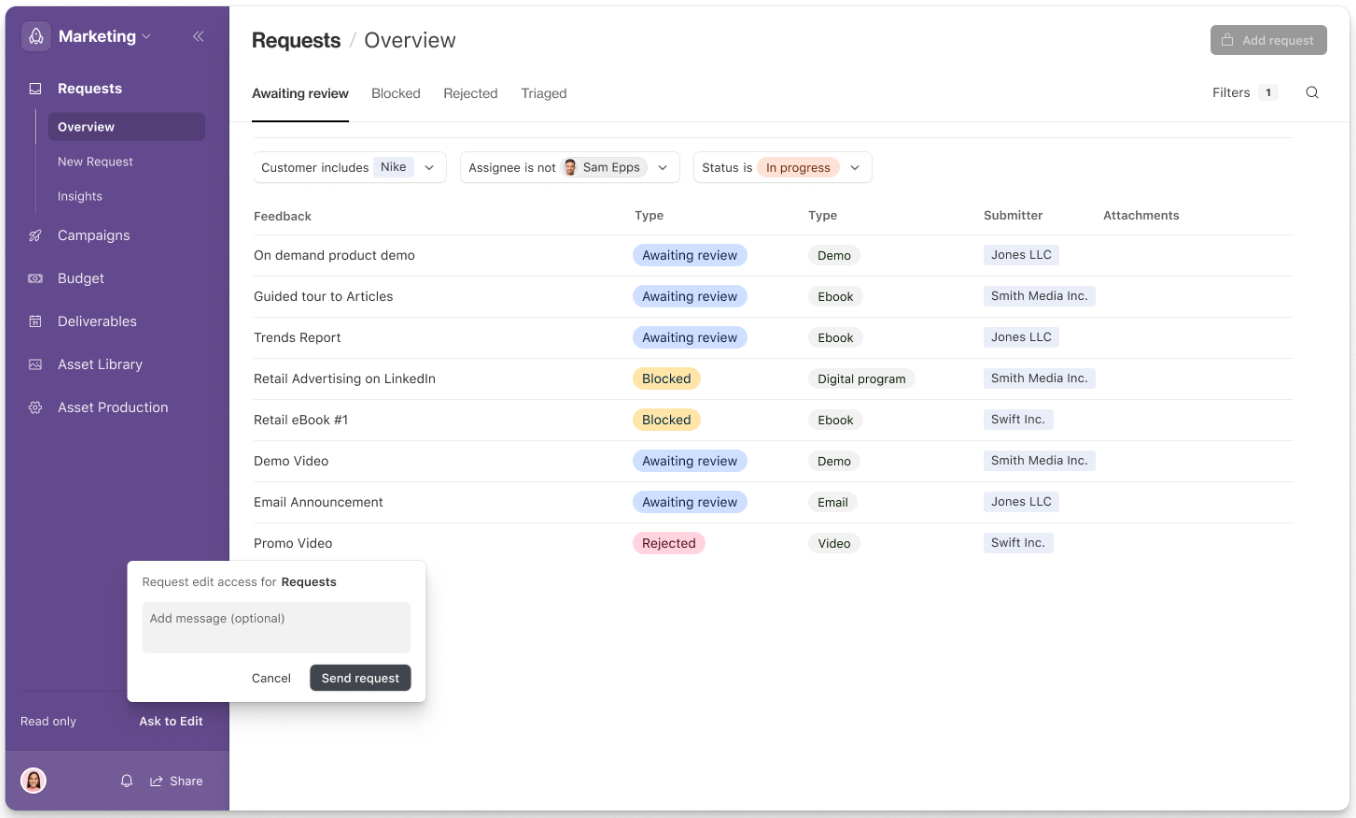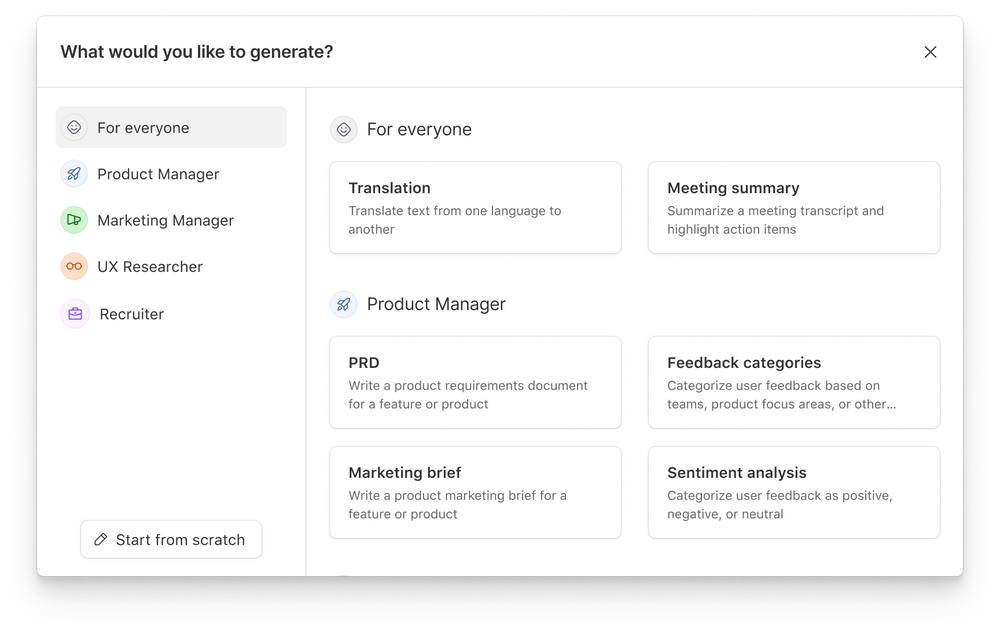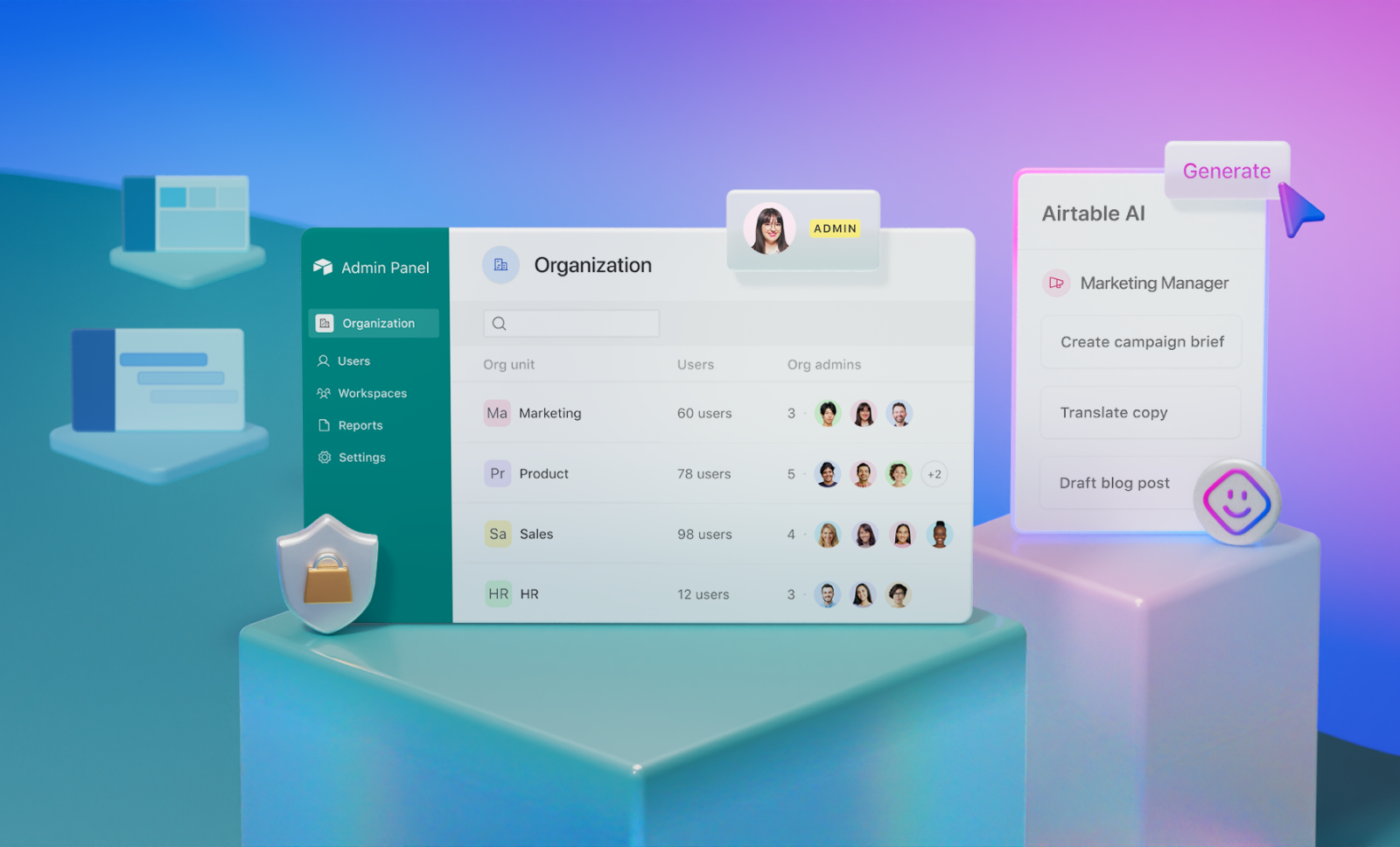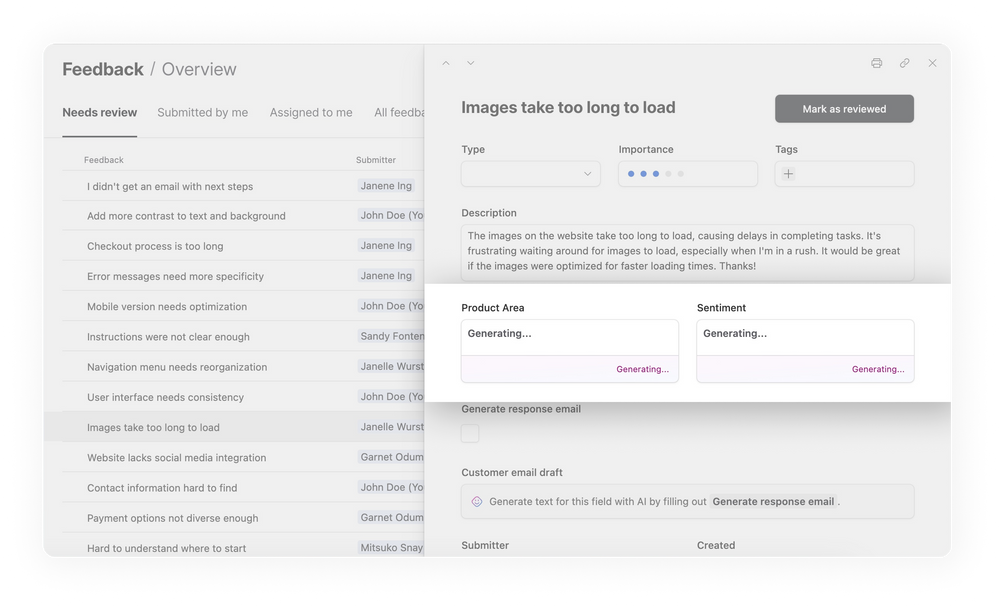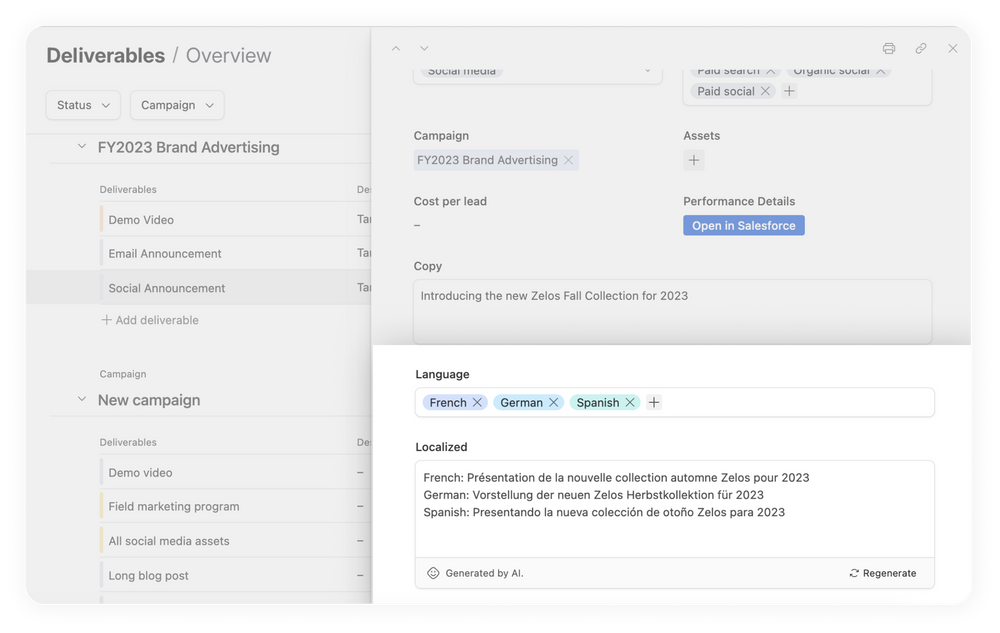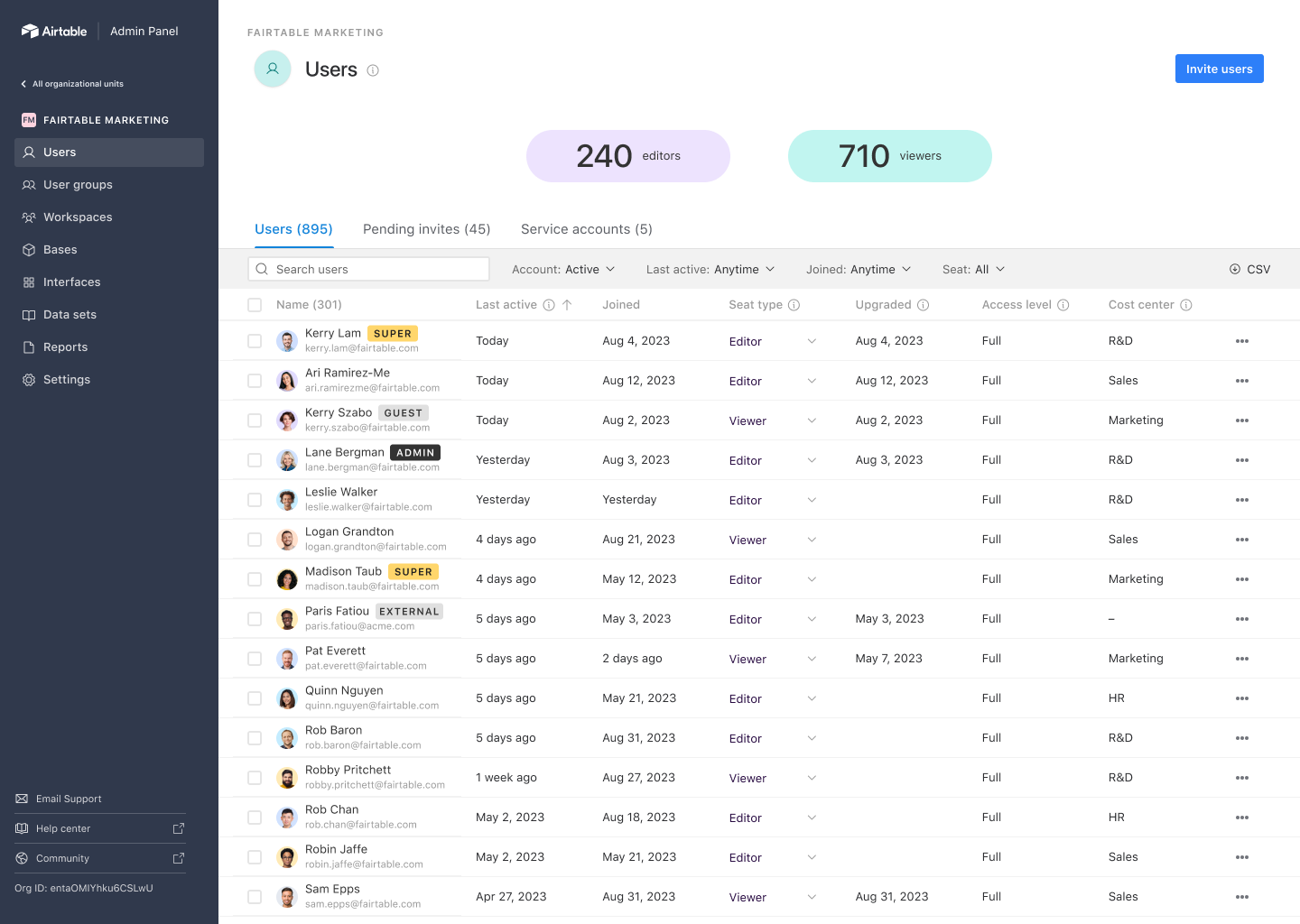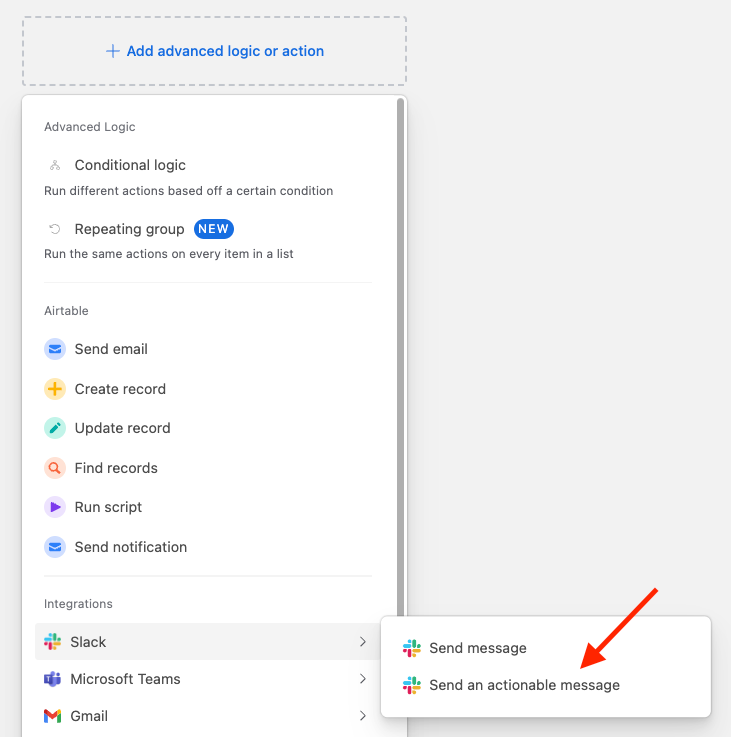Our view at Stack - simplify teamwork, customise workflows, and centralise data. Whether you’re a small business owner, a project manager, or a creative professional, Airtable offers a versatile solution for managing data and collaborating effectively. It's like a performance enhanced excel.

Today, AI is the latest seismic sea change accelerating digital disruption—promising to buoy the next generation of innovative “Netflixes” while sinking the “Blockbusters” in its roiling wake.
Every company is becoming a digital product company. The largest banks in the US now engage more people via digital apps than they ever did in branches. The largest apparel companies are selling directly to consumers through digital channels, in addition to physical retail. And recent research from Airtable, surveying 550 product leaders at enterprise companies, found that 92% of product leaders are responsible for revenue goals and performance metrics that extend far beyond the quantity and quality of features shipped.
Whether you’re leading Product at a bank, airline, retailer, or tech organization, the ability to deliver business impact through your digital products at scale is a core requirement for success.
Unfortunately, many product leaders are not set up to deliver impact at the pace required of a quickly changing technology environment. Airtable’s research found that the average product manager spends 66% of their time on administrative tasks—and Product leaders are drowning in spreadsheets and powerpoints, as opposed to focusing on strategy and customers.
Ultimately, to be successful, product organizations must be able to:
- Synthesize customer truth with AI. Uncover new opportunities and solve customer problems faster by leveraging AI to parse mountains of customer data and translate customer insights into product strategy.
- Translate headcount investment into business impact. Plan your roadmap with a unified view of every investment, across every team. Automate prioritization according to predicted impact, and keep teams focused on the work that matters most.
- Accelerate all stages of the product development cycle. Use AI to automate tedious work across every stage of product development, such as automating status updates, searching legal checklists, and drafting support documentation.
To meet this moment of ongoing transformation, product teams urgently need to change the way they think about and build digital products. That’s why we’re here to invite you to a game-changing product launch event to see what’s new from Airtable.
What changes do we need to make to our product-building operations to fully leverage AI?
To answer that specific and crucial question, Airtable is releasing a new product specifically designed for product teams, bringing powerful unification to your entire product life cycle. Join us on 10/16/2024 to learn more.
Register now and reserve your spot!
If Airtable is of interest and you'd like more information, please do make contact or take a look in more detail here.
Credit: Original article published here.
